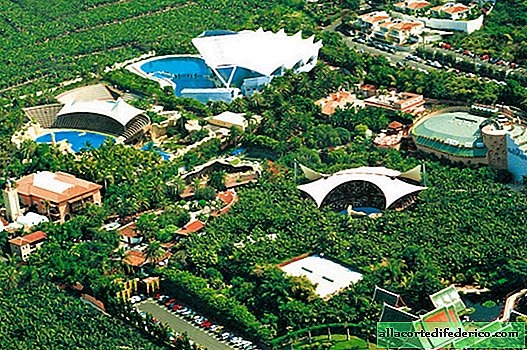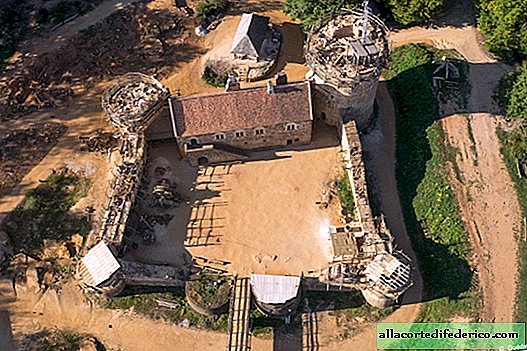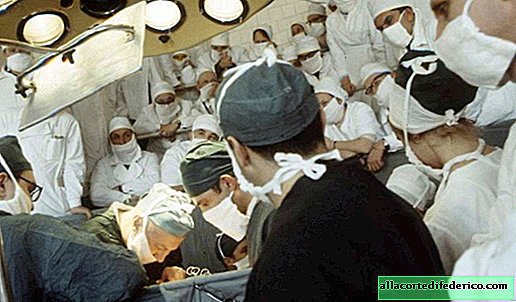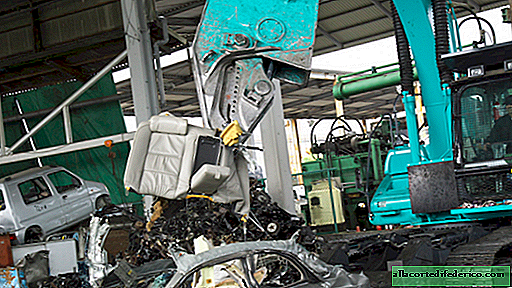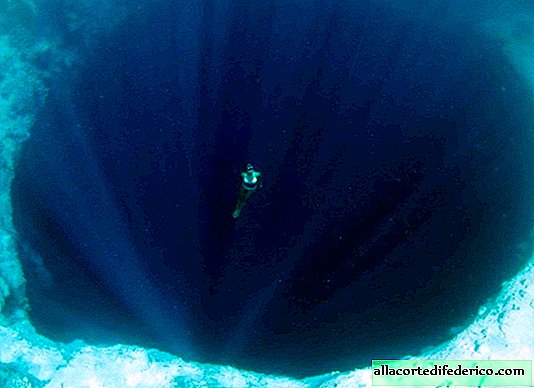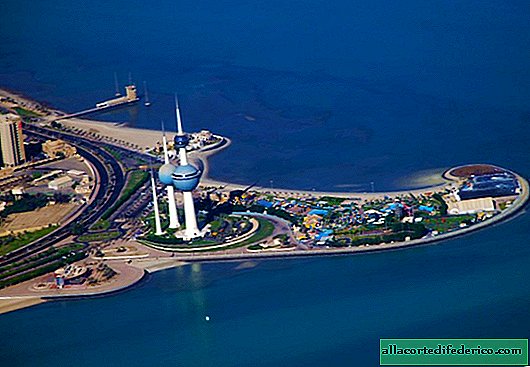What an ancient left-luggage office looks like: Qasr al-Hajj in Libya
If you move 130 kilometers from the Libyan capital, you can find an amazing structure in the shape of a circle, which is similar in color to the shade of the earth. This is Qasr al-Hajj, which demonstrates Berber architecture in all its glory: the building is made of clay, there is a large courtyard. In the building you can see dozens of windows that are somewhat reminiscent of the catacombs or the fortified old village.
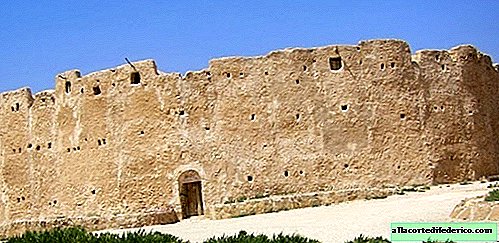

Qasr al-Hajj was built around the period from VII to XIII century. Then this building was used by pilgrims during their trip to Mecca. It was here that they left some of the unnecessary things that could burden their path. Qasr translated from Arabic as "castle", and hajj - This, in fact, is the name of the pilgrimage to Mecca itself, which is undertaken by believers today. So Qasr al-Hajj served them as nothing more than a “locker room”, well, or a left-luggage office, the type of which we have at airports and railway stations today.

The construction consists of 114 rooms, the number was not chosen by chance: 114 are considered sacred in the Qur'an. The windows are arranged in three rows. True, today five more rooms have been added to 114 cameras: some were divided among themselves.
Over the past few centuries, a masterpiece of Berber architecture has been used very prosaically: it served as a storehouse for oils, and also served as a barn where grain was stored. These small cells belonged to the inhabitants of the nearest villages, whose houses were small, and they did not have their own granaries. As a barn, Qasr al-Hajj was used until the middle of the twentieth century.


